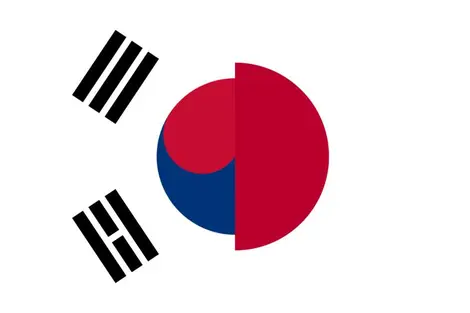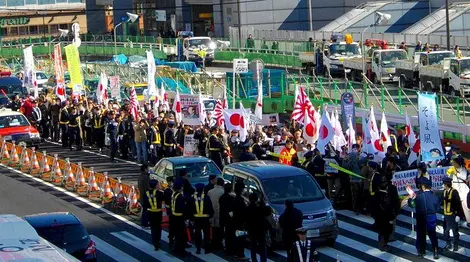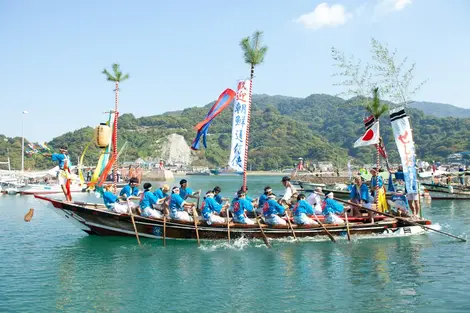Zainichi, Koreans in Japan 在日
Peninsula to the Archipelago
Today, there are no less than 613,000 on the Archipelago: but who are Zainichi? The term, which literally means "to be in Japan," can refer to Korean immigrants who arrived or were deported to Japan before the partition of Korea in 1953.
Koreans are currently the second largest diaspora in Japan, a community that started under a military context and troubled policy. The annexation of the Korean peninsula by the Japanese Empire in 1910 resulted in a significant wave of emigration to Japan. Many were stripped of their land and their property, and were seeking a better life in nearby factories.
Many others were then deported during the Second World War. There was a lack of manpower in Japan and Koreans were recruited, voluntarily or by force. Close to 670,000 Koreans were assigned to hard labor in mines and factories, working in miserable conditions.
Stateless in Japan
In 1945, the problem about Zainichi identity came to light. Japan declares their nationality as "Choson" (Korean). But Korea soon split between the pro-Russian North and pro-American South. Koreans in Japan were then caught between a rock and a hard place. Their identity "Choson" linked them to a country that no longer existed, and they could become citizens of South Korea but not North Korea.
The division of the country affected Koreans greatly, and 650,000 of them were still living in Japan in the 1950s. Supporters of the North or South were stuck.
Immigrants also faced the challenges of integration and assimilation, and were forced to be laborers in a Japan destroyed by the war and trying to recover from the defeat. Japan was not kind to the citizens of its former colonies (mainly China and South Korea).
Tokugawa Toyota
Persistent racism and other problems occurred as well: the situation of "comfort women" (forced Korean prostitutes during the war), abduction of Japanese citizens by North Korea, etc.
In the 1950s, Koreans gathered in ghettos located in poor neighborhoods of large cities, which give rise to Koreatowns. The first one was in the neighborhood of Tsuruhashi, Osaka, and in Tokyo at Shin-Okubo. They also formed the largest foreign community in Kobe. These Korean neighborhoods are now made up of descendants of Zainichi, students or new immigrants, and these residents are strongly attached to the culture and knowledgable about their families migration.
















